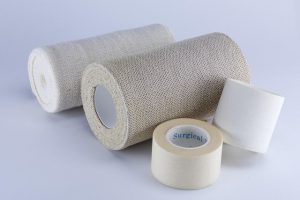Cryolipolysis treatments, also known as fat freezing, offer a non-invasive method to reduce fat in specific areas using controlled cold. The process involves cooling fat cells to below -4°C, causing them to crystallize and break down naturally over several weeks. With minimal downtime and side effects, these treatments are popular for spot-reducing fat without surgery. Consulting qualified healthcare providers is crucial for understanding benefits and risks, and choosing reputable clinics specializing in advanced technology ensures safety and effective body contouring results. Proper post-care routines, including rest, hydration, gentle exercise, and a balanced diet, enhance recovery and optimal results.
“Fat freezing, or cryolipolysis treatments, offer a non-invasive body contouring solution that’s gaining popularity. This innovative technique uses cold therapy to target and destroy fat cells, leading to noticeable reductions in problem areas without surgery or recovery time. Understanding how cryolipolysis works mechanically and the science behind it is key to unlocking its benefits. From selecting the right clinic to post-treatment care, this comprehensive guide explores everything you need to know about fat freezing for effective body contouring.”
Understanding Fat Freezing: A Non-Invasive Approach
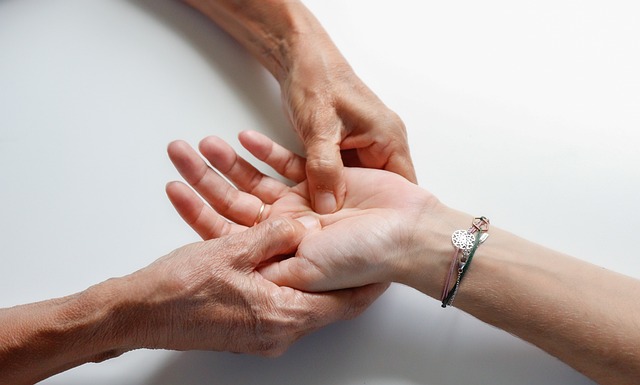
Fat freezing, also known as cryolipolysis treatments, is a non-invasive body contouring method that has gained significant popularity in recent years. This innovative procedure leverages cold therapy to selectively target and eliminate fat cells. By cooling adipose tissue to sub-zero temperatures, cryolipolysis causes the fat cells to crystallize and eventually die off, leading to reduced fat levels in the treated areas. Unlike surgical options, this approach offers a minimally disruptive way to achieve desired body shaping without incisions, anaesthesia, or lengthy recovery periods.
The process involves applying external cooling panels to specific body regions, typically the abdomen, flanks, thighs, and arms. These panels deliver precise cold temperatures, ensuring only targeted fat cells are affected while preserving surrounding skin, muscle, and other tissues. This selective destruction of fat makes cryolipolysis an attractive alternative for those seeking a more natural way to sculpt their figure. As with any cosmetic procedure, it’s essential to consult with qualified healthcare providers to understand the potential benefits and risks associated with fat freezing treatments.
How Cryolipolysis Treatments Work Mechanically
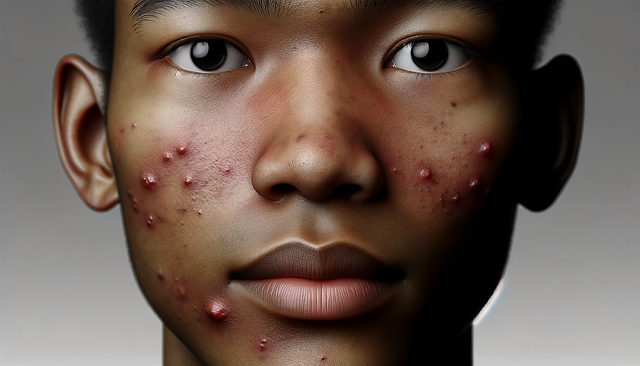
Cryolipolysis treatments work by using controlled cold to break down fat cells in targeted areas. This non-invasive procedure involves applying a cooling mechanism, typically in the form of a vacuum and cold temperatures, to selectively target and freeze fat cells. Once frozen, these cells are then broken down and eliminated from the body by natural metabolic processes. The process is designed to reduce fat deposits without damaging surrounding tissue or causing discomfort.
During a typical Cryolipolysis session, a gel pad is placed on the area to be treated, followed by the application of a cooling device. The cold temperature reduces blood flow to the surface of the skin, effectively isolating fat cells while preserving other tissues. This selective freezing process damages the fat cell membranes, causing them to rupture and break down into smaller components that are then naturally processed and eliminated by the lymphatic system over several weeks.
Targeted Areas for Fat Reduction with Cryo
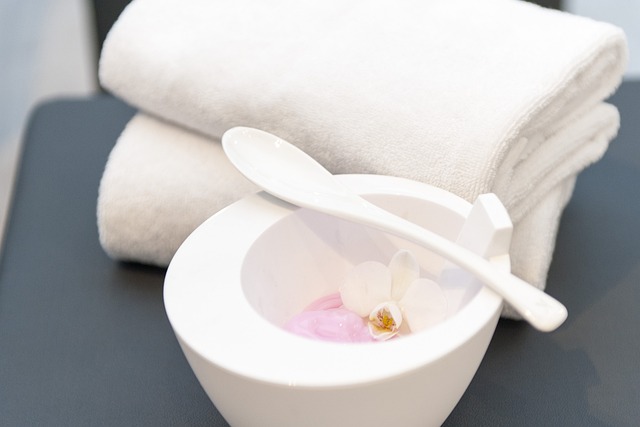
Fat freezing, or cryolipolysis treatments, offer a non-invasive way to target and reduce fat in specific areas. This process involves cooling fat cells to temperatures below -4°C, causing them to crystallize and break down. The body then naturally processes these damaged cells, leading to fat reduction over several weeks. Common treatment areas include the abdomen, love handles, thighs, and buttocks—body parts often resistant to diet and exercise changes.
Each cryolipolysis session can treat multiple areas at once, making it an efficient option for those looking to sculpt their figure. The non-surgical nature of the procedure means patients can resume normal activities immediately after treatment, with minimal downtime or side effects. This targeted approach has made fat freezing a popular choice for individuals seeking body contouring without the need for extensive surgery.
Benefits and Potential Side Effects of Fat Freezing

Fat freezing, or cryolipolysis treatments, offers a non-invasive way to reduce unwanted fat and improve body contouring. One of its key benefits is minimal downtime, allowing individuals to resume their daily activities almost immediately after the procedure. This makes it an attractive option for those seeking body shaping without extensive recovery periods associated with surgical procedures.
While generally considered safe, cryolipolysis treatments may have potential side effects. Some common temporary reactions include numbness, bruising, and swelling at the treatment area. In rare cases, more severe complications such as tissue damage or changes in skin sensation may occur. It is crucial for individuals considering fat freezing to consult with a qualified healthcare provider who can evaluate their medical history, discuss expectations, and provide guidance on managing any potential side effects.
The Science Behind Selective Lipid Destruction
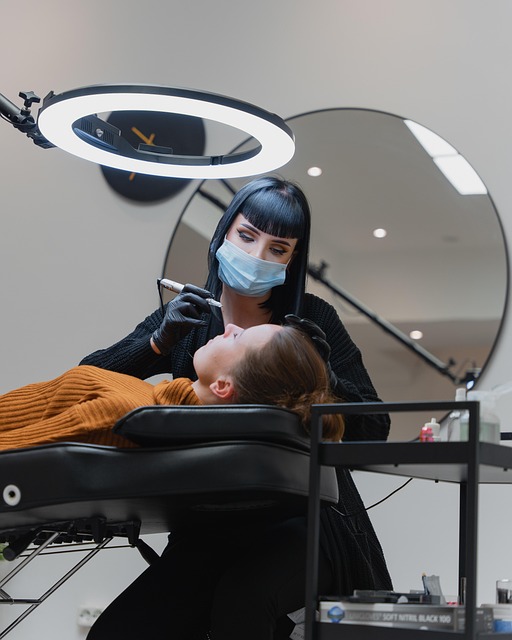
Fat freezing, or cryolipolysis treatments, leverage a process called selective lipid destruction. This non-invasive technique uses cold temperatures to target and break down fat cells. The procedure involves applying controlled cooling to specific areas of the body, where adipose (fat) tissue is located. At these low temperatures, fat cells are damaged but not destroyed immediately. Over time, the body naturally processes and eliminates these harmed cells, leading to a reduction in fat volume. This method is particularly effective for spot-reducing fat without surgery or downtime, making it a popular choice for achieving a contoured physique.
The science behind cryolipolysis rests on understanding how cold temperatures affect different types of cells. Fat cells, being more vulnerable, are sensitive to temperature changes and freeze at lower temperatures than other cell types in the body. This selective destruction allows for targeted fat reduction without damaging surrounding tissues or causing significant discomfort. As a result, cryolipolysis treatments offer a safe and effective alternative for those seeking body contouring without surgical incisions or extensive recovery periods.
Choosing the Right Clinic for Your Cryo Journey

When considering fat freezing as a body contouring solution, selecting the right clinic is paramount to achieving desired results and ensuring safety. Look for clinics offering cryolipolysis treatments with advanced technology and experienced professionals. Research their credentials, check patient reviews, and inquire about certifications and training. A reputable clinic will prioritize your comfort and provide personalized consultations to understand your goals and concerns.
Additionally, ensure the facility maintains clean and sterile environments, uses disposable equipment, and offers post-treatment care instructions. Reputable clinics should be transparent about expectations, potential side effects, and the number of sessions required for optimal results. They should also provide follow-up appointments to assess progress and address any issues that may arise.
Post-Treatment Care: Tips for Optimal Results

After a fat freezing treatment, proper post-care is crucial for achieving optimal results from cryolipolysis treatments. For the first 24 hours, it’s recommended to avoid strenuous activities and extreme temperatures, as this can increase discomfort and potential side effects. Applying ice packs or cold compresses on the treated areas can help alleviate any lingering soreness or redness. Staying hydrated by drinking plenty of water is also essential, as it aids in flushing out toxins and promotes overall healing.
In the following days and weeks, gentle exercise and a balanced diet are key. Low-impact activities like walking or swimming can stimulate lymphatic drainage, helping to reduce any residual swelling. A healthy, whole-food diet rich in antioxidants and nutrients supports the body’s natural recovery process. Remember to listen to your body and avoid any strenuous routines that may cause discomfort.
